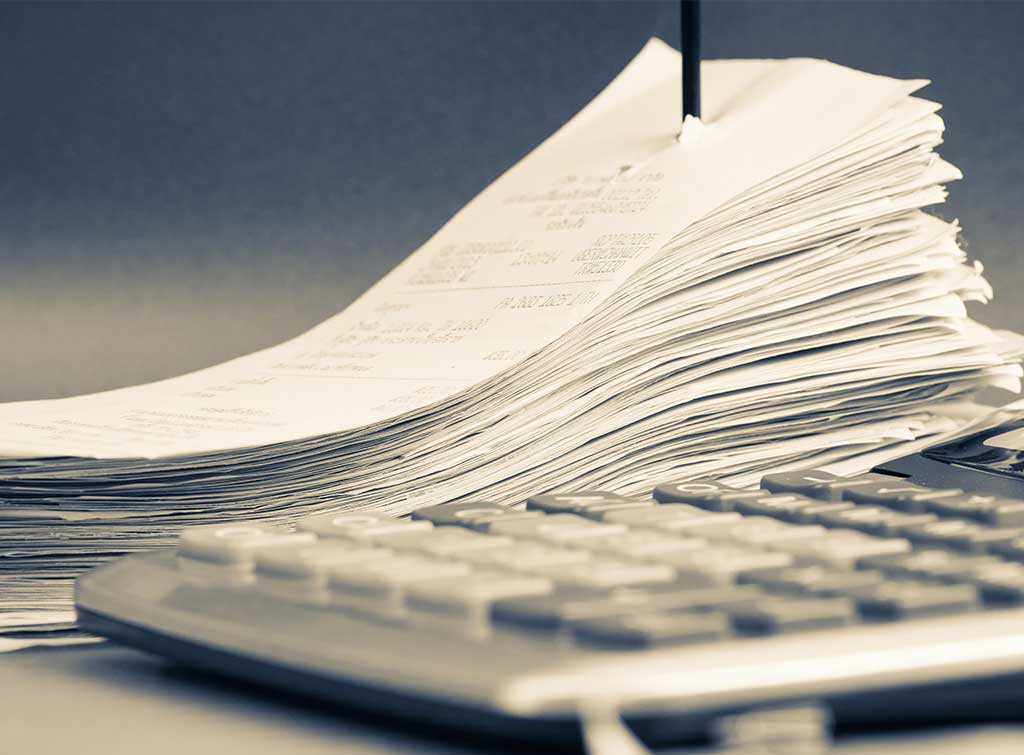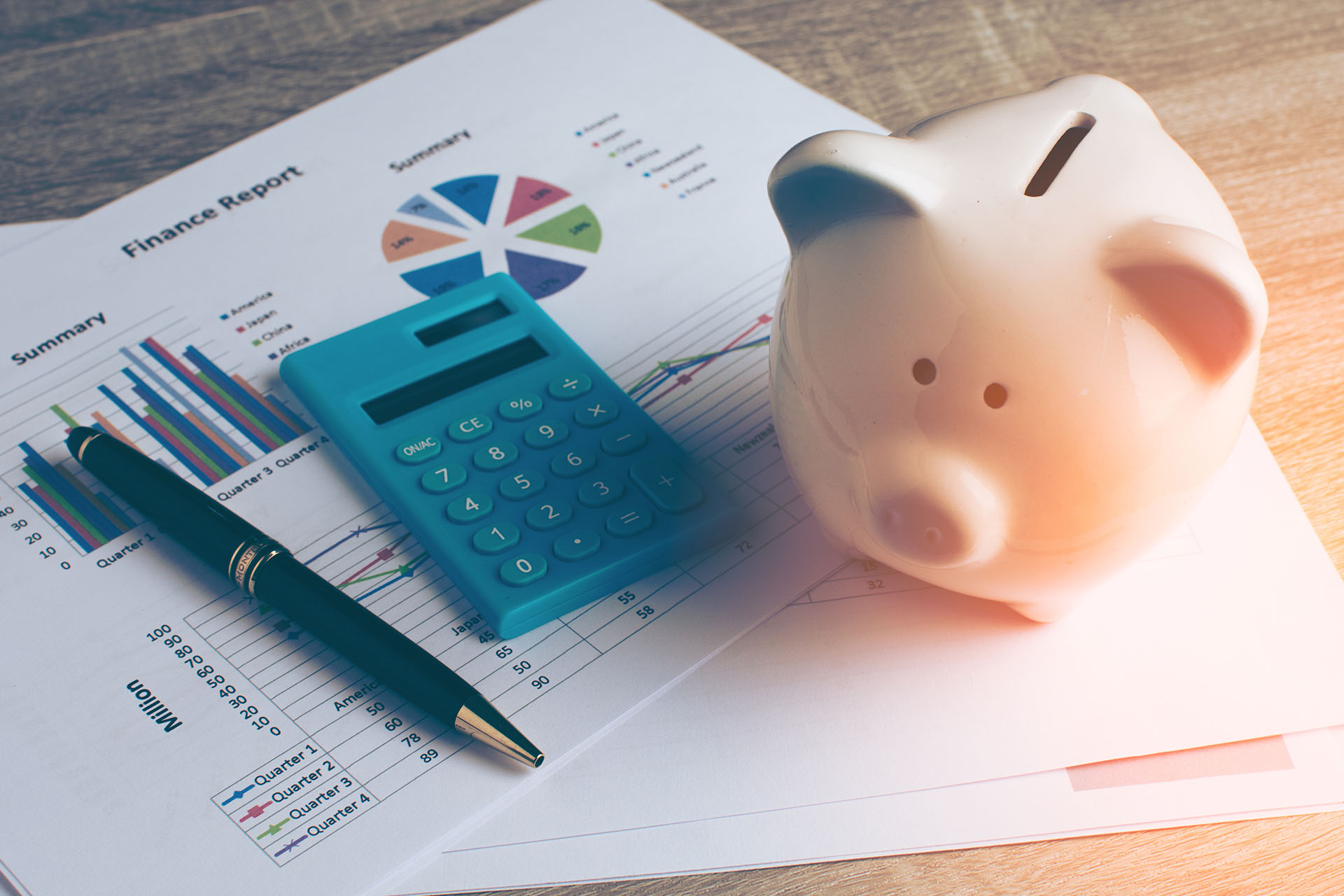Blog>Trade>Finance>What is a balance sheet and how to read it
Last updated: 19 March 2024
What is a balance sheet and how to read it
A balance sheet is a snapshot of a business’s financial health on a given date. Here, we look at understanding balance sheets and what goes into them.
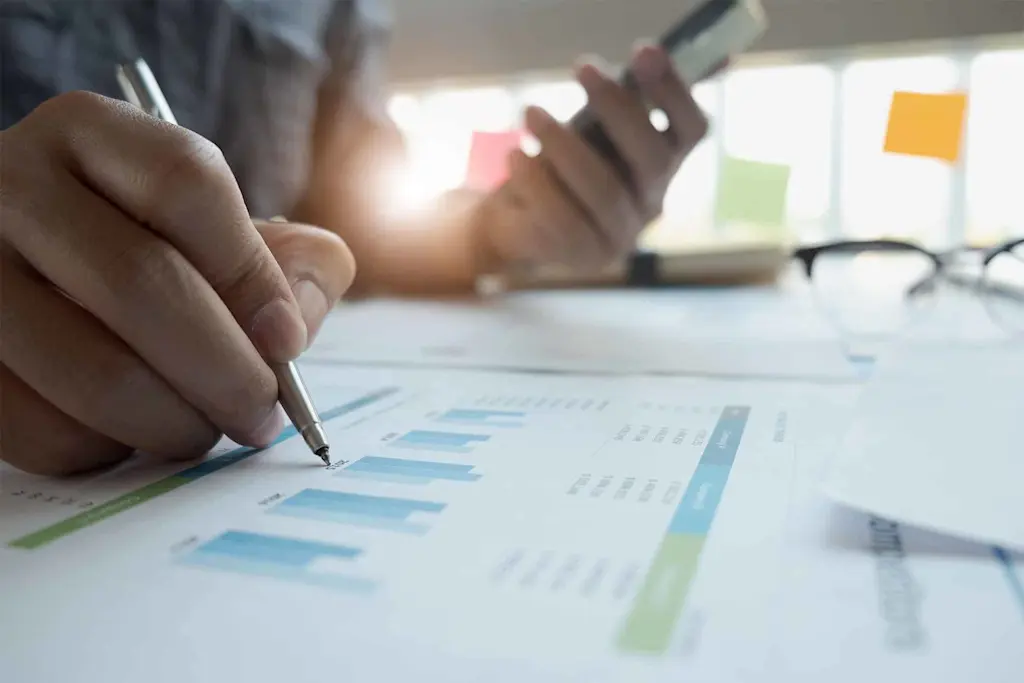
Tradespeople who run their businesses as limited companies need to produce balance sheets. The balance sheet of small companies is usually part of their annual accounts. These also include a profit and loss account.
Any business can produce a balance sheet. It is a very useful way of assessing the business’s financial position at a set point.
Understanding your balance sheet could help you to run your business better. The information in a balance sheet helps tradespeople make important financial decisions. Lenders and people looking to invest in businesses also rely on balance sheets for key performance information.
What is a balance sheet?
A balance sheet shows what a business owns and what it owes. As its name implies, a balance sheet has two sides that must even each other out.
On one side are all the business assets minus its liabilities (what it owes). On the other side, are details about the company’s shares plus the profits earned to date.
You may have heard of double-entry bookkeeping. It’s a two-step accounting technique. Every entry made in an accounting ledger has an equal and opposite entry. Hence, balance sheets always balance – or they should do!
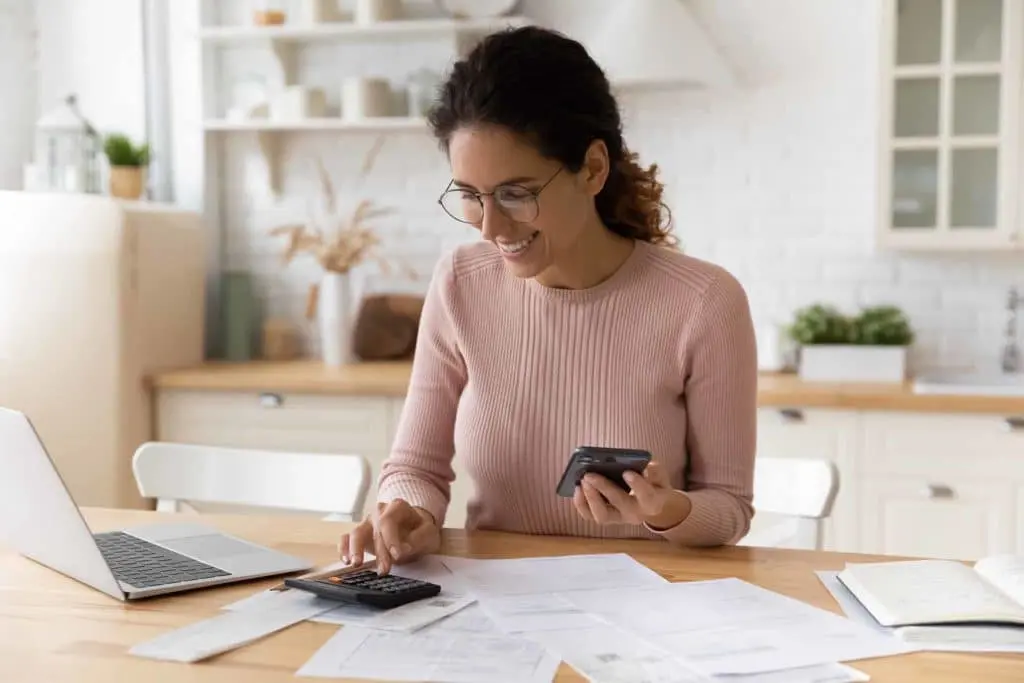
Does my small business need a balance sheet?
If you trade as a limited company you have to submit accounts (usually annually) to Companies House. Your company’s corporation tax liabilities are worked out from your accounts.
Sole traders and partnerships don’t need to prepare balance sheets when they submit their tax returns. They prepare an income and expenditure statement, which is like a profit and loss account.
Although producing a balance sheet for your small business can be time-consuming, it could be worth doing. The useful information in a balance sheet could help you keep a tighter grip on your finances.
It is worth noting that as a sole-trader, what goes on a balance sheet is up to you, as you will not need to submit them for tax reasons. However, it might be good practice to include all relevant financial information, especially if you are thinking of becoming a limited company.
What is the purpose of a balance sheet?
Think of a balance sheet as a financial health check on a given date.
A balance sheet helps you understand if your business is trading profitably
You can see how much debt the company has and whether this is covered by its assets
Business owners can use balance sheet information to improve the way their company is run and organised
For example, if customers pay you late, you will have a high figure for debtors. If you tend to pay bills late, the balance sheet will have a high figure for creditors. Knowing the exact amounts is a key way of managing cashflow more efficiently.
Having a strong balance sheet can help you get funding and loans. Banks and other lenders use financial ratios based on balance sheet information to make lending decisions
Balance sheets also help people looking to invest in a business
Understanding balance sheets is key to getting a better control over your cash flow. It can also help you make decisions that will affect your business in the short term and long term.
Ready to take your business to the next level?
We can help you get there
What goes on a balance sheet?
Fixed assets
The main fixed assets for tradespeople include capital expenditures. These could be plant, equipment, machinery, vehicles, office equipment and fixtures and fittings. The figure that goes on the balance is called the net book value after deducting deprecation.
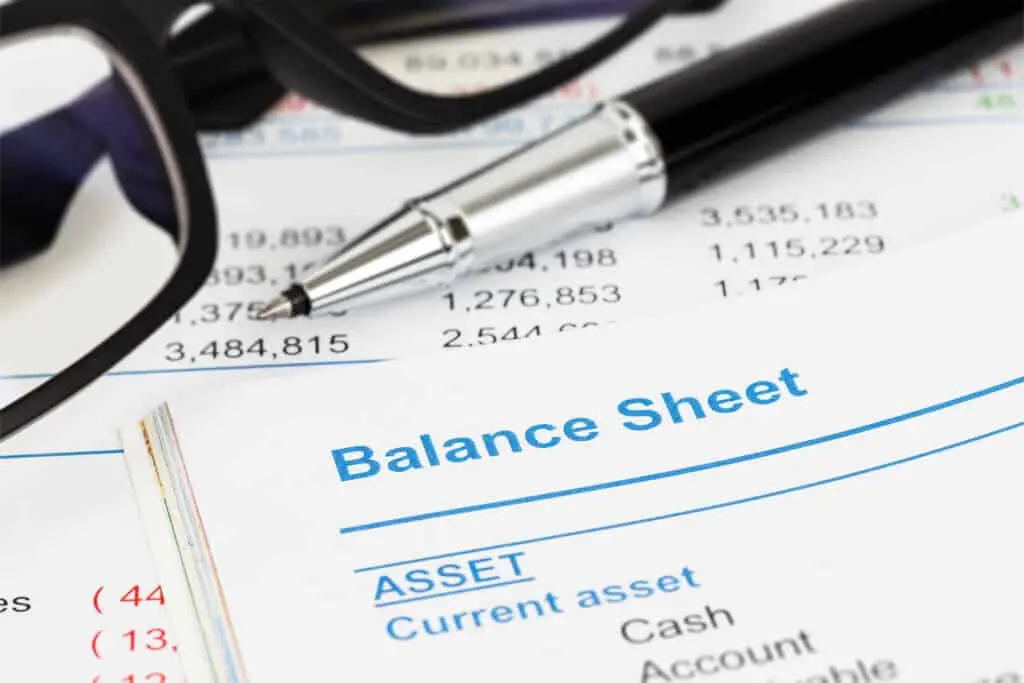
Current assets
For most tradespeople, the main ones include:
Money you hold in company bank accounts and cash (such as petty cash)
People who owe you money. These are your debtors
If you have paid in advance for something, this is usually a prepayment. Items here include annual insurance and subscriptions
For example, if you paid for a year’s insurance five months before the date of the balance sheet. Seven months have been prepaid so don't relate to the period covered by the balance sheet.
Stock
The (often dreaded) annual stock-take provides an important number in a balance sheet. All the stock you have bought but not yet used is an asset of your business. Various accounting methods are available to reflect the age and value of the stock.
Work-in-progress
This can be another difficult area to accurately value for the balance sheet. After all, a job could be half-finished or a product you are making incomplete on the date of your balance sheet. You need to work out a proportion of the job already done. The aim is to match a company's revenue and costs more accurately between accounting periods.
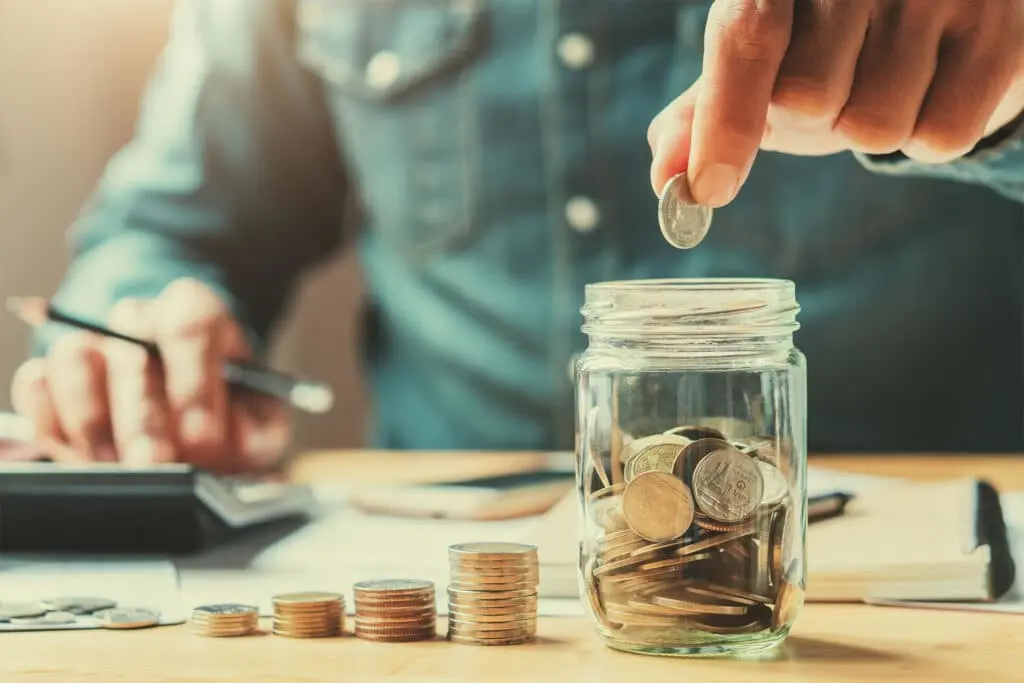
What are liabilities on a balance sheet?
Basically, liabilities are all the things you owe. The people you owe money to are usually called creditors. The amount you owe is often known as an accrual.
These are usually divided into two types, depending on when you need to pay them. They can include the following:
Current liabilities due within one year
Amounts you owe your suppliers
Business bills like rent, heating, electricity, gas, water and business rates. Only include the amount you owe up to the balance sheet date
Unpaid wages to staff for the period up to the balance sheet date
Customer prepayments. If a customer has paid in advance, then this amount is a business liability
Corporation tax. This is usually the tax bill based on the profit and loss account for the same date as your balance sheet
Current liabilities due after more than one year
Among the main types for tradespeople are long-term bank loans, hire purchase agreements or lease contracts.
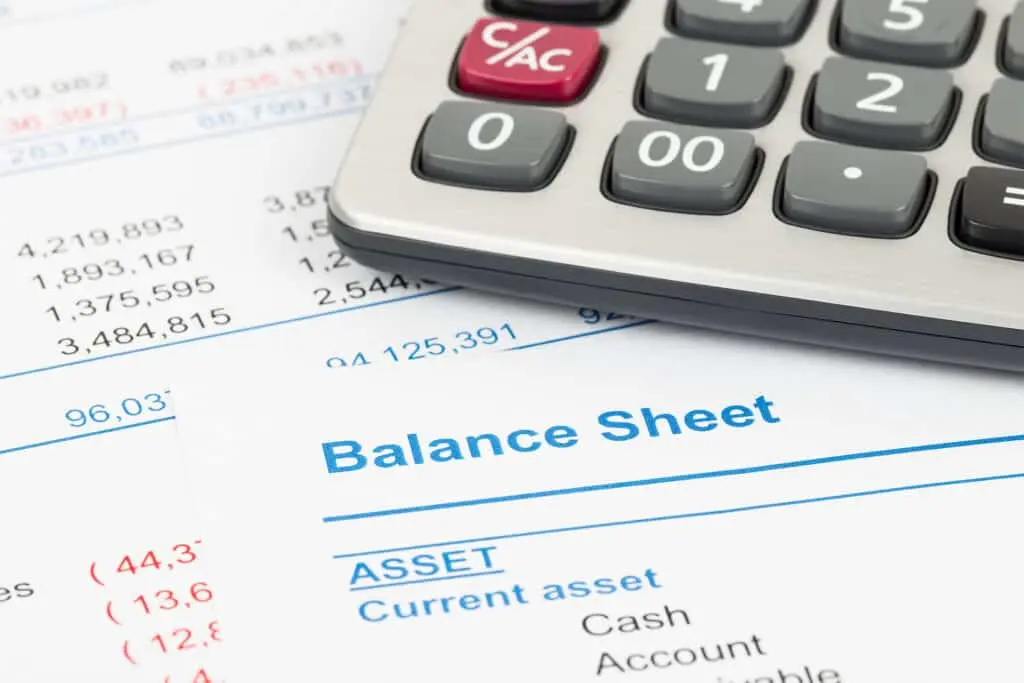
Balancing the balance sheet
You subtract your current liabilities from your assets to give a figure for your net assets. This is one side of the balance sheet. The other side mainly consists of:
Shareholders’ equity
Shares
The value of the shares your company has issued. For tradespeople operating as a limited company, this could be as simple as two shares at £1 each. The shares are also a liability because the shareholders have ‘lent’ their money to the company in return for its shares.
Retained profits
Also included as part of the shareholders’ equity are the retained profits of the business. This is the total of the profits built up over previous periods. Retained profits are also called retained earnings. This is part of shareholders' equity because the shareholders own the company.
Reading financial statements can be a bit of a headache. But it’s worth the effort. Getting to grips with financial statements could help you to be more profitable and efficient.
Key takeaways
Any business owner will need to understand what is a balance sheet and whether they need one for accounting purposes. Understanding balance sheets and what goes on them can be summed up in these key takeaways:
Balance sheets give a snapshot of a business’s finances at a specific point in time
Limited companies have to submit a balance sheet in their accounts to Companies House
Balance sheets contain details of assets, liabilities, the shareholders’ stake and its profits up to that date
Balance sheet information can help tradespeople run their businesses more effectively and profitably
Balance sheets are used by lenders and investors to assess a business’s finances
Get help managing your company finances
Checkatrade members get an exclusive deal with Powered Now
DISCLAIMER
This is information – not financial advice or recommendation. The content and materials featured or linked to on this blog are for your information and education only and are not intended to address your particular personal requirements. The information does not constitute financial advice or recommendation and should not be considered as such. The Checkatrade website is not regulated by the Financial Conduct Authority (FCA), its authors are not financial advisors, and it is therefore not authorised to offer financial advice.
Always do your own research and seek independent financial advice when required. Any arrangement made between you and any third party named or linked to from the site is at your sole risk and responsibility. The Checkatrade blog and its associated writers assume no liability for your actions.
